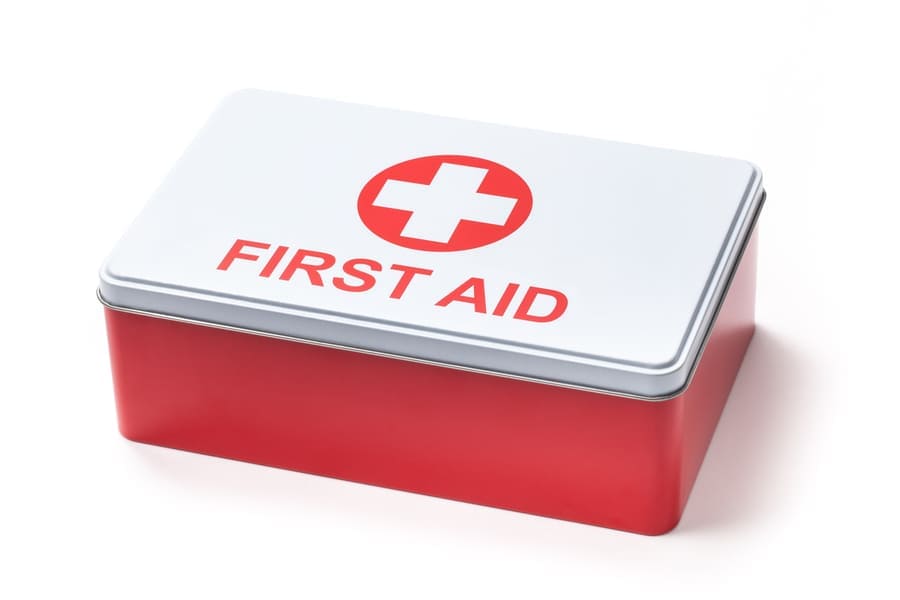
One hopes that one will never need a first aid kit in their car, but accidents do happen and even though there is no law in the UK or in the USA requiring you to have one, it is best to always be prepared. Even if you aren’t involved in a traffic accident, other injuries such as cuts or wounds, insect bites or stings can still occur.
Every car should be equipped with a full first aid kit so that you can react quickly in an emergency and prevent the worst from happening. A first aid kit (or first aid box) should be stocked so that you can respond appropriately to both minor injuries and more serious emergencies. Be sure to safeguard yourself and your family and be ready to respond when you need to. Even the best first aid kit is no replacement for a doctor. In case of any doubt, always call the emergency number.
Pre-Packed Kits or DIY

You can purchase one already packed with emergency essentials. These come in different sizes and price ranges, but if you want to save some money you can customize your own. A waterproof and suitably spacious plastic box/case is best for the kit. You may decide on a see-through box so that you can see the contents, or a specific colour/clear label so that you and your family do not mistake it and can identify it immediately. Your family should know where it is and how to use the items correctly. Keep it in a part of the car that remains relatively cool to avoid degrading some of the products, such as the creams. Inspect the expiry dates of the contents at least every six months and change the products if needed.
What should it include?
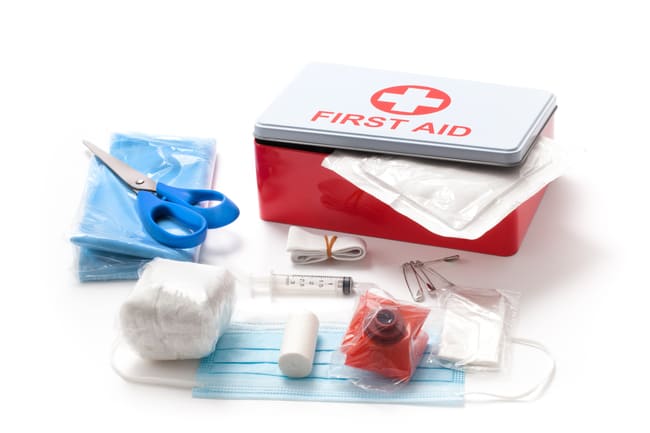
- Medical plasters – in different shapes and sizes
- Sterile gauze dressings – small, medium and large
- Sterile gloves – disposable
- Eye dressings – two or more
- Rolled bandages
- Triangular bandages
- Sticky tape
- Scissors
- Tweezers
- Safety pins
- Thermometer – digital
- Cleansing wipes – alcohol free
- Hydrocortisone or other skin rash cream
- Insect bite and sting reliever – spray or cream
- Antiseptic cream
- Painkillers such as ibuprofen, paracetamol (or paracetamol for children) and/or aspirin
Note that aspirin should not be administered to children under 16
- Antihistamine tablets or cream
- Eye wash or eye bath
- Distilled water or antiseptic solution for cleaning wounds
Better safe than sorry
A basic instruction guide for first aid procedures is also recommended as people often panic when confronted with emergencies – which is why it is also a good idea to take a first aid course. You will learn how to react appropriately in an emergency. These are one-day courses which can save lives in certain instances. You can sign up at your local fire brigade, hospitals, and even some non-profit organisations.


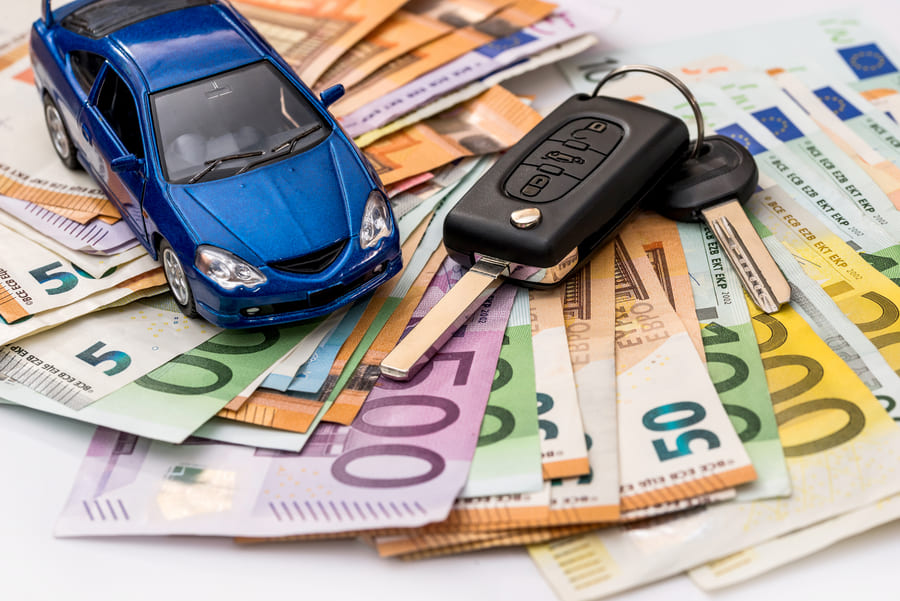
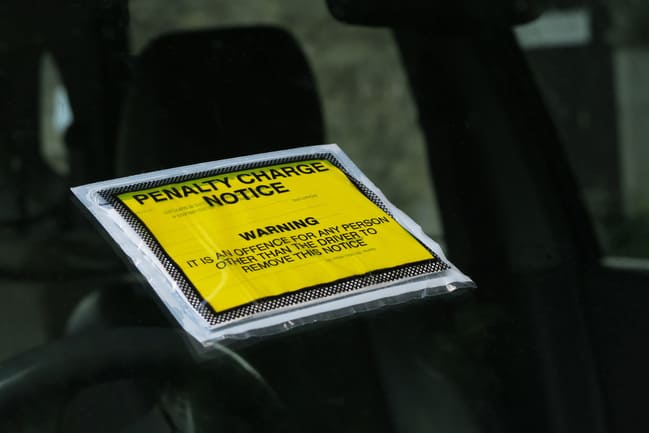
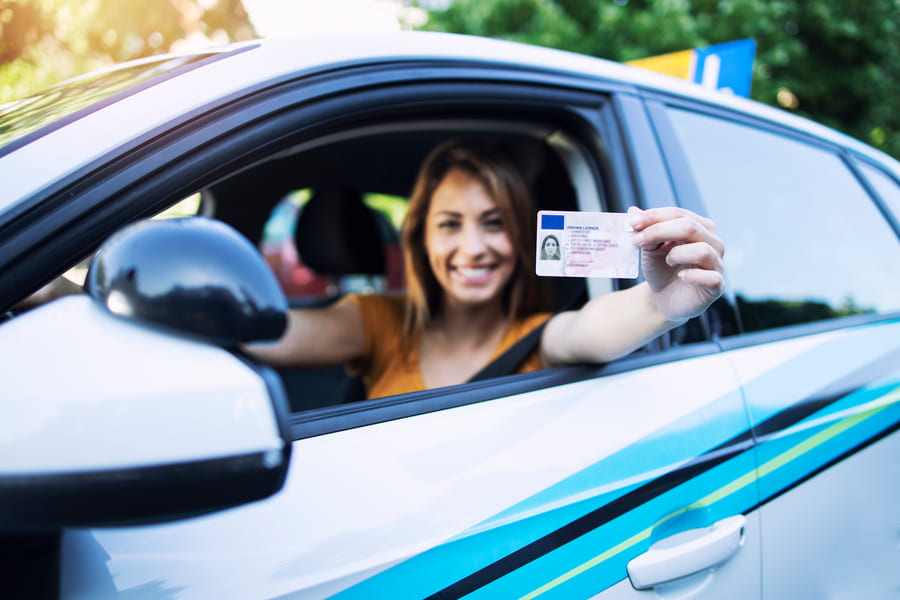


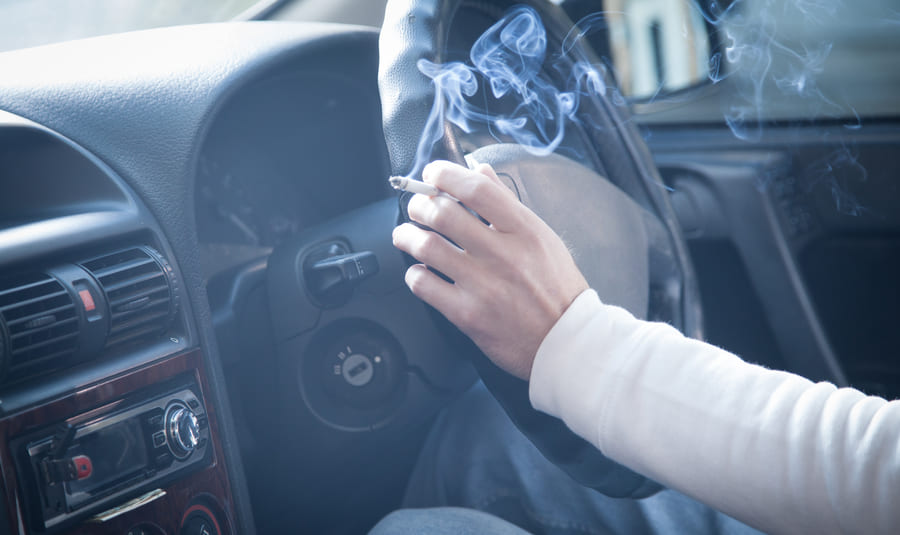
Comment